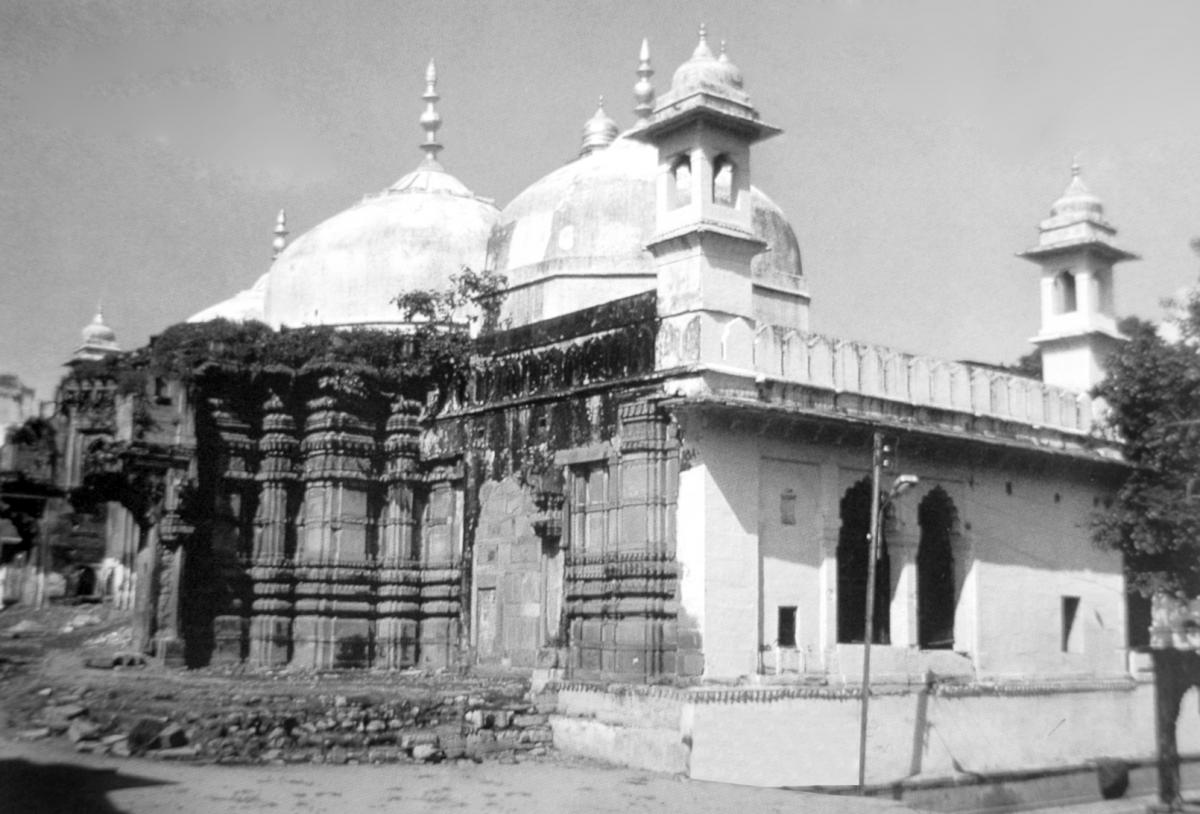Last Friday, the Supreme Court dismissed a petition praying for intervention in the rampant demolitions being carried out by various governmental agencies in the name of building a Kashi Vishwanath to Ganga corridor in Varanasi.

As Sabrang India has already reported, these demolitions have raised widespread fear of an impending attempt to demolish the seventeenth century Gyanvapi Mosque, located in the same compound as the temple. The petitioners in the case were Anjuman Intazamiya Masjid, the caretakers of Gyanvapi Mosque and Jitendranath Vyas of the Vyas family, which had managed the temple for centuries. As per a 1954 agreement between the two, drawn up by the administration to maintain communal harmony, any construction/ alteration in the shared premises needs their prior permission. The petition was dismissed by an SC bench of Justice Arun Mishra and Justice Vineet Saran.
But the fears expressed by the petitioners are shared by many on ground. Given the track record of the RSS-VHP-BJP, it is only natural that the idea of a grand corridor between Kashi Vishwanath Temple and the river Ganges seems suspect. On the other hand, the question everybody is asking is if the real target of the demolition drive is the centuries old Gyanvapi mosque. Besides, the demolitions around the Gyanvapi mosque for the ‘grand corridor’ are ominously similar (https://www.frontline.in/cover-story/article25545271.ece?homepage=true) to those undertaken in 1992 around the Babri Masjid, just before it was demolished, ostensibly for ‘beautification’ . And while we are at 1992, let us also remember the oft repeated Hindutva slogan ” abhi to sirf jhaanki hai, kaashi, mathura baaki hai’ . The ‘Kashi’ in that slogan refers to the Gyanvapi mosque. Protected for years by a maze of gullies of the kind Varanasi specializes in, the widening of the road and the area around the mosque, exposes it dangerously to the nefarious designs of those, who after four and a half years in power, have had to hark back to the politics of mandir-masjid for electoral benefits. Sadly, the SC bench, in dismissing the petition, seemed not to see what can potentially be a conspiracy with violent ramifications.